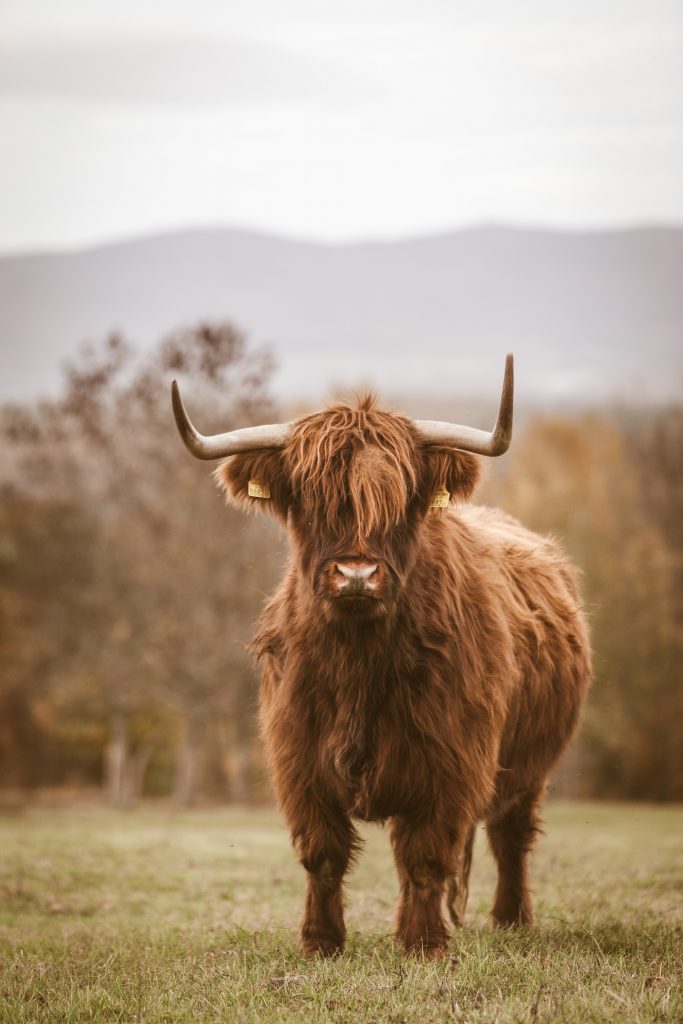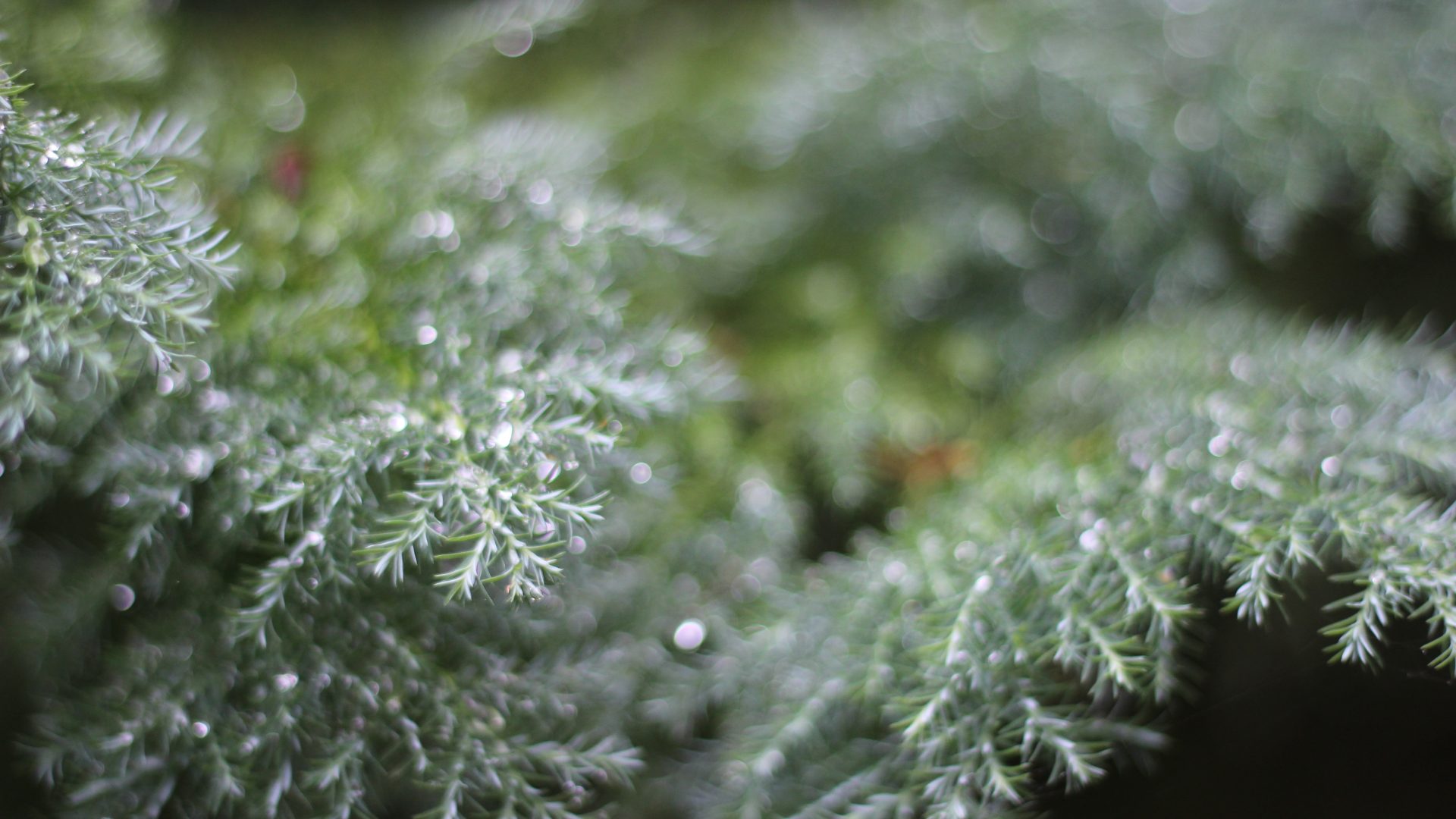Our wet, windy and damp winters can be very hard on aging and sick animals. Winter can also be a difficult time to bury a carcass on your farm, or to remove it. Mud makes it difficult to drive through pastures and around barns, roads are slick, and the groundwater table is high. If you believe you may lose an animal over the winter, think ahead about where to bury or compost it on your farm, or if you would prefer to have the animal picked up for rendering or cremation. When an animal carcass is rendered, the various parts are made into products such as pet food and fertilizer. If you choose cremation, you have the option of a private or communal cremation. In the case of a private cremation, you can choose to have the ashes returned to you, or not.
Laws Governing Disposal
Your county code may offer different guidance, but for reference, Snohomish County code requires that the carcass of a dead animal be properly disposed of within 24 hours of death. If you choose to bury an animal on your farm, it is important to know the applicable state and county regulations. Washington State law requires that “a person disposing of a dead animal by burial must place it so that every part is covered by at least three feet of soil; at a location not less than one hundred feet from any well, spring, stream or other surface waters; not in a low-lying area subject to seasonal flooding or within a one hundred-year flood plain; and not in a manner likely to contaminate groundwater” (WAC 16-25-025).
On-Farm Composting
Composting dead livestock on your farm is also a viable option. Most on-farm composting operations (whether they include dead livestock or not) are exempt from reporting or permitting. If compost is being distributed off your property, or the total amount of finished compost and raw feedstocks is greater than 1,000 cubic yards, additional reporting or permitting may be required. When done correctly, composting dead livestock is a low-cost, safe, and effective method of disposal. An additional advantage of composting is that nutrients stay on your farm in the form of a valuable soil amendment. While the process is simple, it does require some basic knowledge of compost principles. If you are considering a carcass compost pile, contact the District office for additional information or assistance.
Key Steps to Successfully Compost Dead Livestock
Location
Choose a well-drained site, at least 300 feet from any stream, lake, pond or well. Also consider the location of neighbors, other animals, and access roads. Be prepared to leave this compost pile alone for a full year if necessary, and make sure it is accessible in case you need to cover it with more compost material.
Building the Pile
Start with a base of absorbent high-carbon material, such as sawdust, shavings, or old hay, that is two to three feet deep. If high moisture or poor drainage are concerns, a base of large wood chips or similar coarse material under the primary composting materials will increase air flow and drainage. Place the carcass on this base so that it is at least two feet away from any edge.

Covering the Pile
Cover the carcass completely with two to three feet of high-carbon compost material, such as manure, bedding, old hay, silage, straw, and sawdust. Again, make sure all edges of the pile extend at least two feet beyond any part of the carcass. This is critical – an exposed carcass will smell bad and attract pests!
Managing the Pile
After building the pile, watch carefully for signs of disturbance and settling. This is especially important during the first few weeks. It is normal for the pile to settle a little, but if any part of the carcass becomes exposed, immediately add more compost material. After about six to 10 weeks of composting, the pile can be turned with a tractor to speed up the composting process. Depending on the size of the carcass, type of materials used, and management, this compost will be ready to use in about four months to a year. Managing the pile correctly is the tricky part! Look for additional information or contact the Conservation District before actually starting a carcass compost pile.
Resources Livestock Mortality Resources
Washington State Department of Ecology: “Onfarm Composting of Livestock Mortalities”
Washington State University Extension: “On-farm Composting of Large Animal Mortalities”
Washington State Department of Agriculture: “Livestock Disposal Manual”



